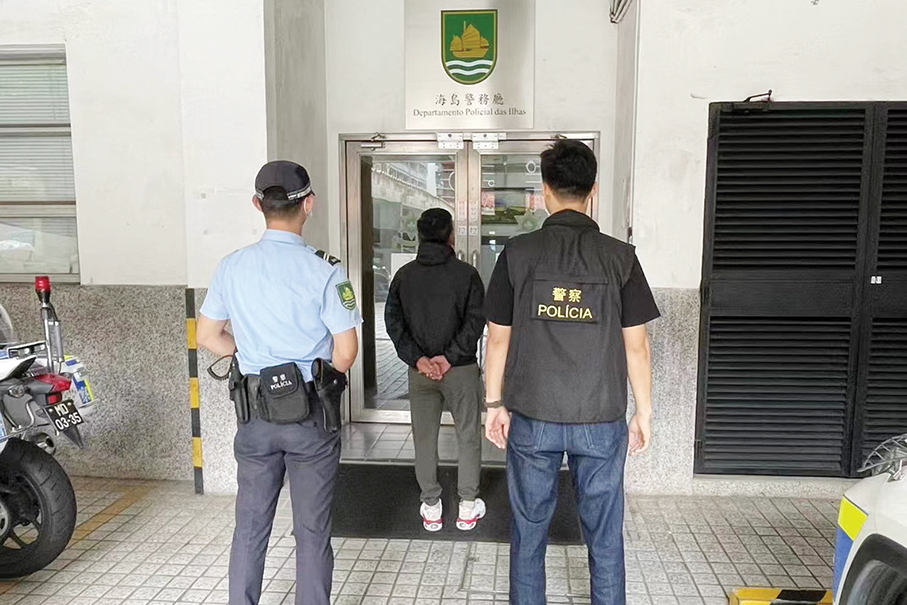China Daily Editorial
The latest wave of the novel coronavirus is posing a huge challenge to the country’s prevention and control work. The highly transmissible Omicron variant of the novel coronavirus is still spreading fast nationwide, with 1,219 locally transmitted cases reported on Sunday, according to a report by the National Health Commission’s (NHC) yesterday.
Shanghai, which reported 50 locally transmitted COVID-19 cases and 3,450 local asymptomatic infections yesterday, is the latest city to implement a partial lockdown. It is carrying out a two-phase lockdown in a bid to control the virus. The city’s Pudong financial district and nearby areas have been locked down since yesterday until Friday as two rounds of mass testing are conducted.
In the second phase, the downtown area west of the Huangpu River will carry out two rounds of tests during its own five-day lockdown beginning on Friday.
Which has prompted some people to ask whether the country’s long-held dynamic zero-COVID strategy can and will be sustained.
The answers are yes and yes; mostly because the benefits of the policy still outweigh the costs.
Only with the dynamic zero-COVID approach can the virus be prevented from overwhelming medical resources.
Despite the relatively lower virulence of the Omicron variant, given China’s huge population, it can still cause a large number of infections and deaths, especially among the elderly and those with underlying diseases, according to Wu Zunyou, chief epidemiologist at the Chinese Center for Disease Control and Prevention. Giving up the policy now risks undoing all the achievements the country has made over the past more than two years in its anti-pandemic efforts.
The dynamic clearing policy has so far proved successful in striking a delicate balance between maintaining economic and social development and basically controlling the spread of the virus, and it is still the “most effective prevention strategy against COVID-19”, said Wu.
Thanks to the policy, China became the world’s only major economy to achieve positive growth in 2020, and the growth momentum continued last year with an 8.1 percent expansion.
In particular, its total imports and exports for 2021 reached a new level, exceeding US$6 trillion for the first time.
This has enabled China to continue to serve as a ballast for the global supply chains, ensuring that “everything from iPhones and Teslas to fertilizer and car parts continues to flow to the rest of the world”. “If it had not been for that constant stream of goods, prices of US imports would have risen even faster, and shortages of products, both essential and luxury, would have been even more pronounced,” according to a recent Bloomberg article.
In the coming days, Shanghai and other places will continue to employ the dynamic zero-COVID approach to achieve the maximum effect in stamping out the resurgence of the virus at the minimum cost to economic and social activities.
– Courtesy of China Daily (minor edits by The Macau Post Daily)










